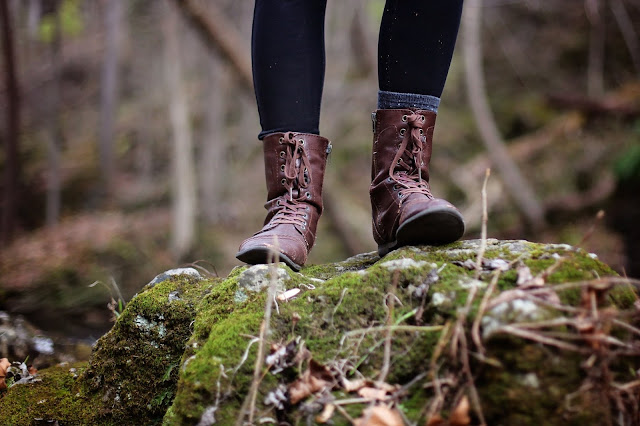These
boots are best for summer use in upland regions, slope ways and simpler
mountains in Ireland and the UK. I have utilized this sort of boot in summer
high conditions, the Atlas Mountains and even on Kilimanjaro.
Female Arousal Pills Over The Counter
Full-tallness
universally useful Mountain Boots
This
sort of B0 boot has a higher lower leg sleeve to help the foot, the uppers will
involve some sewed texture yet may transcendently be made of cowhide for
improved climate sealing and toughness. It will likewise have an inner
waterproof layer. It might have an elastic 'rand' around the edge to shield the
foot from knocks and watchman the boot against the scraped spot on rocks.
The sole example will be very forceful, with a particular heel step, which serves
to give a better grasp on dangerous ground and in drop. The boot will be somewhat
stiffer and heavier subsequently, yet at the same time with enough adaptability
to make it agreeable to stroll in.
This
boot type might be worn straight from the case, yet would profit by a bit of
breaking in before you took them out on a major day. Useful for all upland
territory in Ireland and the UK, both on and off the trail and would suit those
climbers who head crosswise over open mountainside and field in generally
climate.
They
would not be reasonable for full winter conditions where there is a great deal
of ice and snow about, and would commonly be too adaptable to even consider
taking a crampon.
Mountaineering
Boots
Intended
for rough high risings, scrambles and troublesome mountain landscape, this style
of boot is like the mountain boot above. It would anyway be significantly
stiffer and increasingly strong and will be in the class of B1 or B2. This
could make them awkward to stroll in over a taxing day and consequently they
would not be perfect as a climbing boot, however, a few explorers locate the
additional solidness assistance when enduring foot issues
They
will have a heel indent to take a crampon for winter use, and might be cut
somewhat more tightly in the toe box to take into consideration a touch of
'feel' when climbing.
Winter
Hiking Boots
Usually
classified as B2, these boots are solidly made, stiff and with an aggressive
sole pattern. A high ankle cuff is standard, as is a waterproof membrane and
some insulation to keep the foot warm.
Specifically designed for winter use they will have
fittings for attaching crampons, and a large ‘rand’ for protection. Heavier than the other styles here, they are
made for use in snow and ice in the higher mountains of Ireland and the UK.

Comments
Post a Comment